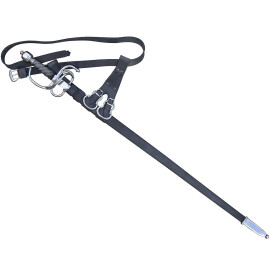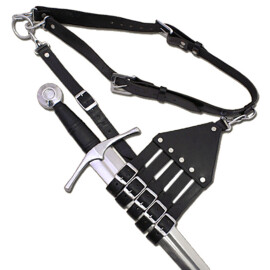Schiavona sword
The Schiavona was a Renaissance sword that became popular in Italy during the 16th and 17th centuries. Stemming from the 16th-century sword of the Venetian Doge guard, the name came from the fact that the guard consisted largely of Istrian and Dalmatian Slavs - Slovenes and Croats (Schiavoni). It was widely recognisable for its "cat's-head pommel" and distinctive handguard made up of many leaf-shaped brass or iron bars that was attached to the cross-bar and knucklebow rather than the pommel. More information...
These variants are in stock
Schiavona sword, Basket-hilted sword, Italy 16.-17. cen.
Specifications of the Schiavona sword:
- 99cm - total length
- 77cm - length of the blade
- Dimensions of the basket: 17cm width, 13cm height, 24.5cm length
- Dimensions of the pommel: 54.5mm width, 52mm length, 30mm thickness
- Length of the ricasso approx. 62mm
- Profile of the blade at the basket of approx. 45x5mm
- Profile of the blade approximately 10cm from the blade tip approx. 27x4.5mm
- POB off the cross-guard approx. 4cm
- Thickness of the striking edge approx. 0,3mm (sharp version)
- Weight approx. 1930 g (sharp version)
- Blade from spring steel DIN 54SiCr6, oil quenched at approx. 53 HRC
Each sword is individually manufactured. That is why the above specifications can vary slightly from weapon to weapon.
Made in the Czech Republic.
The sword it self has origins in so called Serbian sword. Some parts of Serbian coast after downfall of Serbia accepted Venetian republic, and they were added to Dalmatia. Mercenary soldiers known as "pronije" (system of solders and name comes from Byzantine mercenary soldiers "pronoia") were hired and they spread their weapons. This is not surprising since at the time before downfall of Serbian despotate, Serbian despot Stefan Lazarevic had a "school of fighting" for knights and nobles and students from all across Europe came to him to learn. Farther there are archaeological evidence as well as mentioning in archives of Dubrovnik by master swordsmith, who describes "Serbian sword". Similar designs of sword hilt are found in Hungary and Greece (Byzantine Empire) so it could be connected to those nations as well.
Please read our: Directions for the use of bladed weapons.
Write to our specialist


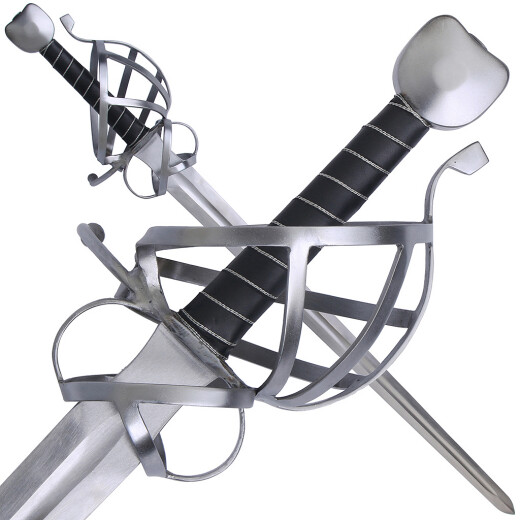






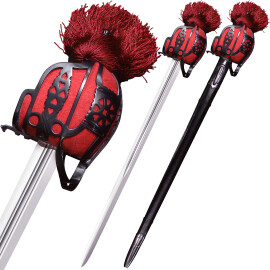
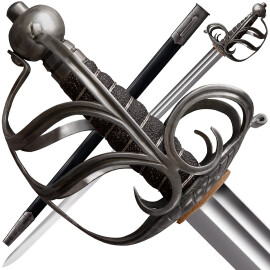
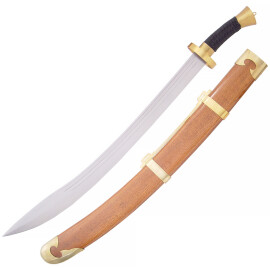
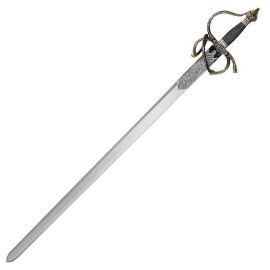
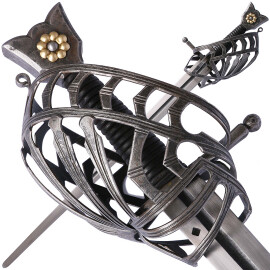
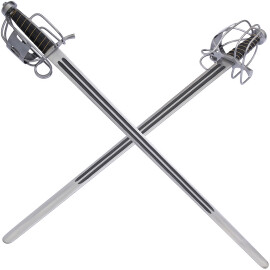
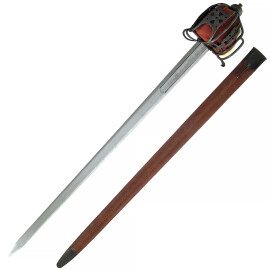
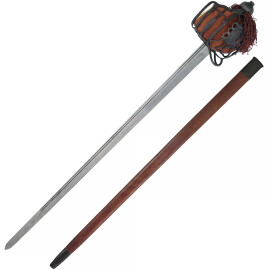
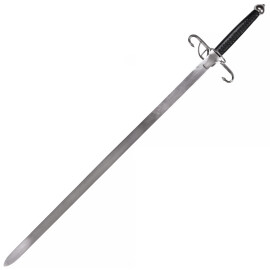
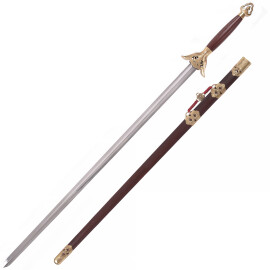
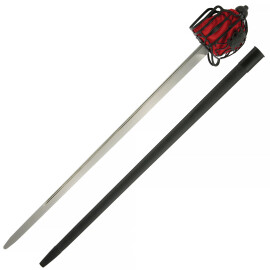
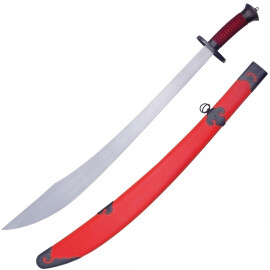
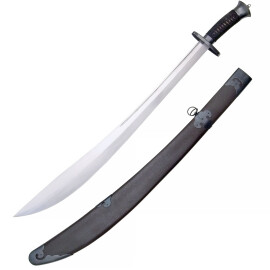
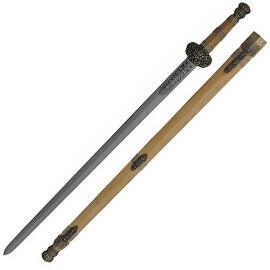
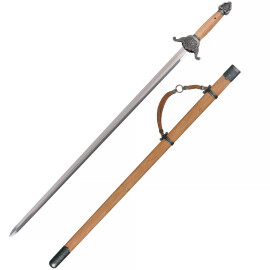
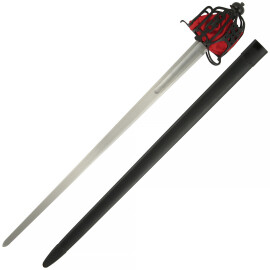
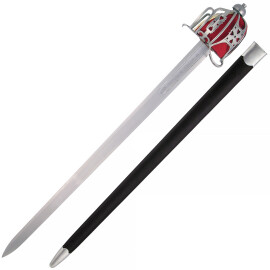
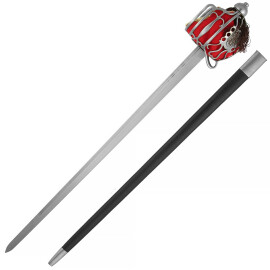
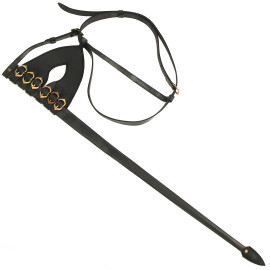

.3485832347.1707678837.JPG)
